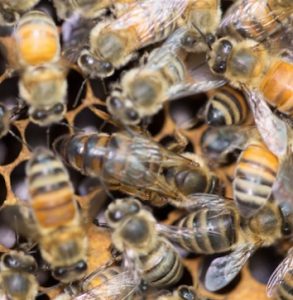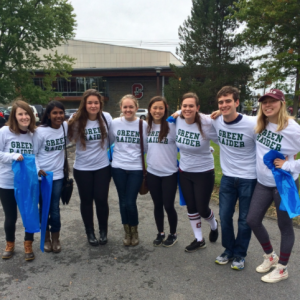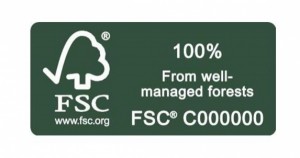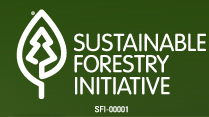-Grace Thomas ’17
13 Accounts to Follow if You Love Sustainability
Social media can be a pretty dismal place, especially if you are very active on Instagram and Twitter. Sometimes it can feel like the goal of Instagram is to convince you that you don’t have as many friends as everyone else, and lately, Twitter is a cesspool of political arguments and depressing world news.
A few weeks ago I went through my Instagram and Twitter accounts, and hoping to add some environmental sustainability content, found some great accounts. Here are thirteen!
Twitter Accounts
1. Yale Environment 360
If you are looking for just one account to follow to keep you up to date on all current environmental and sustainability news- make it this one. Run by the Yale School of Forestry & Environmental Studies, the account features catchy, easy to read and not-all-depressing headlines. If you want to learn about everything from updates on the endangered species list, to new art projects around this world generating energy (seen below), click “follow.”
2. UN Environment
Keeping you up to date on global environmental news, this account has great digestible highlights from UN conferences, and easy to read statistics like this one:
Another great benefit of this account is that they take the time to retweet world leaders in environmental sustainability, so you can keep an eye on policy and scientific discoveries and advancements from all over the world!
3. Forum for the Future
Forum for the Future is a not for profit working with business and government to solve sustainability challenges. This account is a great source for updates about food, international policy and changing systems.
4. Climate Progress
This account is a spinoff of ThinkProgress, an awesome news platform providing analysis and research on lesbian, gay, bisexual and transgender issues. They cover everything from the election to identity issues to, yes, the climate. Many of their stories cover environmental justice issues, and they always have current stories about how climate change is affecting various populations.
5. HuffPost Green
If this one feels obvious, it’s because it is. Huffington Post’s sector for energy, the environment and all things “green” is not the account that is going to spam your newsfeed a million times a day. Rather, they offer quality and interesting pieces every few days on a variety of subjects (one that caught my interest the other day was “this town will keep throwing live turkeys out of planes). If you like the Huffington Post, or even if you don’t, try this one.
6. Sustainable Cities
This account is a community of bloggers that focuses on green design in urban spaces, civic policy and sustainable development and planning. The account has a great target for city residents, and emphasizes everything from urban planning standards, to policy, to rooftop design. If you have lived in a city, plant to live in a city, or have interest in urban design and planning, this account is perfect for you.
7. Seafood Watch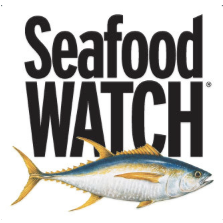
Seafood Watch is a program run by the Monterey Aquarium to help individuals make responsible choices about the seafood they consume. They place emphasis on sourcing from sustainable, ethical sources, and the account associated echoes many of these themes. “The Lazy Person’s Guide to Sustainable Sushi” and ending fraud and illegal fishing are ideas I think all of us can get on board with.
8. Tree Hugger
For the tech-savvy and problem-solving individual, Tree Hugger has updates on all news pertaining to technological advances to solve climate change related problems. From solar powered water filters to self-sufficient islands for sale, this account is a must-follow for the innovator and day-dreamer.
Instagram Accounts
9. Sustainably Chic
Let’s not lie to ourselves; at some point, all of us have gone on Instagram and followed an outdoor equipment retailer or fashion blogger that made us want to online order everything in sight. Needing clothes, snacks, and other products is a reality of our world. This account is a little gimmicky at times, but she offers wonderful brands and daily tips for being a mindful, ethical and environmentally friendly consumer.
10. National Geographic
The postings can feel a little bit overwhelming sometimes, but it’s hard to argue with the most stunning, interesting and beautiful photos of the world Natgeo can offer. This account is a great reminder of what we need to protect. I think I watched a video of a bald eagle catching a salmon at least ten times on loop the other day.
11. Everyday Climate Change
This account is run by a number of photographers from five continents with the goal of sharing photos of the effects of climate change in real time. Their photos show the effects of drastic and dramatic weather events, as well as everyday lives that are already being changed by an altered climate.
12. Harvard Sustainability
Understanding how other campus’ are approaching environmental sustainability is a great step to improving sustainability here at Colgate. Harvard has an excellent instagram account that documents a variety of projects they are working on, from biking to greening urban spaces.
13. Colgate’s Office of Sustainability Instagram and Twitter
Because what else would be a more fitting 13th recommendation? Your all-inclusive guide to sustainability on campus.
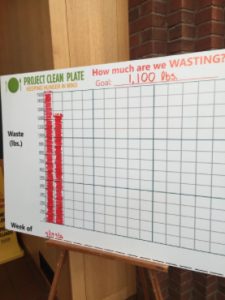 As many of you may know, Colgate’s Project Clean Plate is well underway.
As many of you may know, Colgate’s Project Clean Plate is well underway. 







